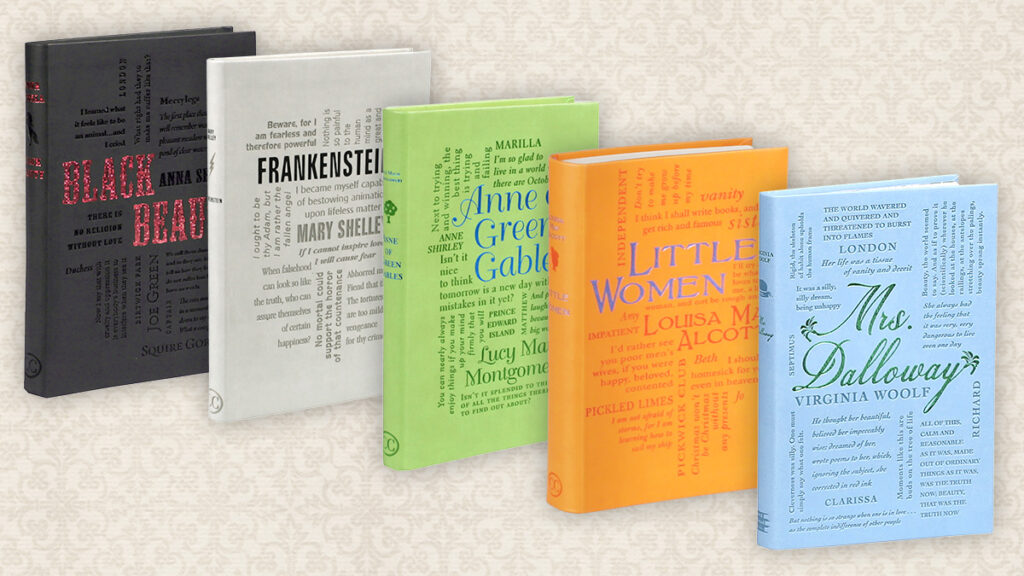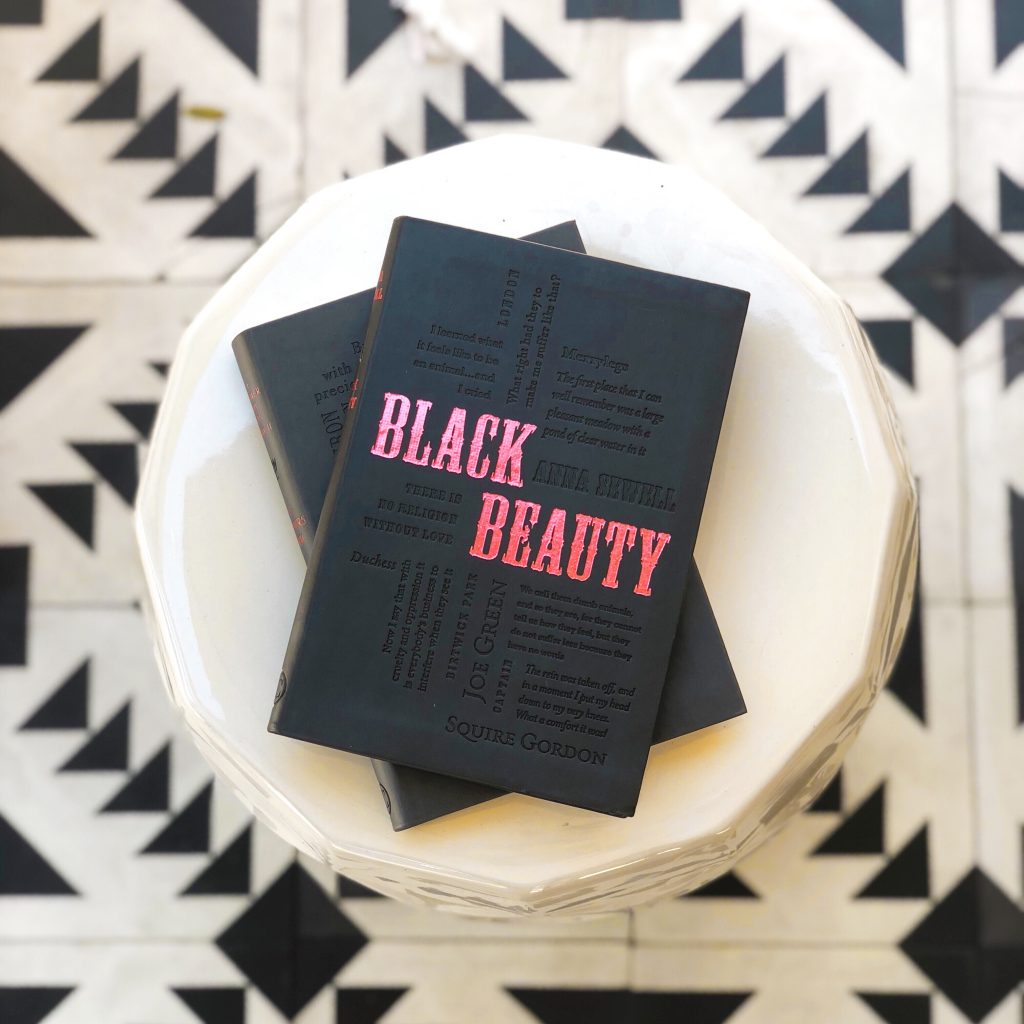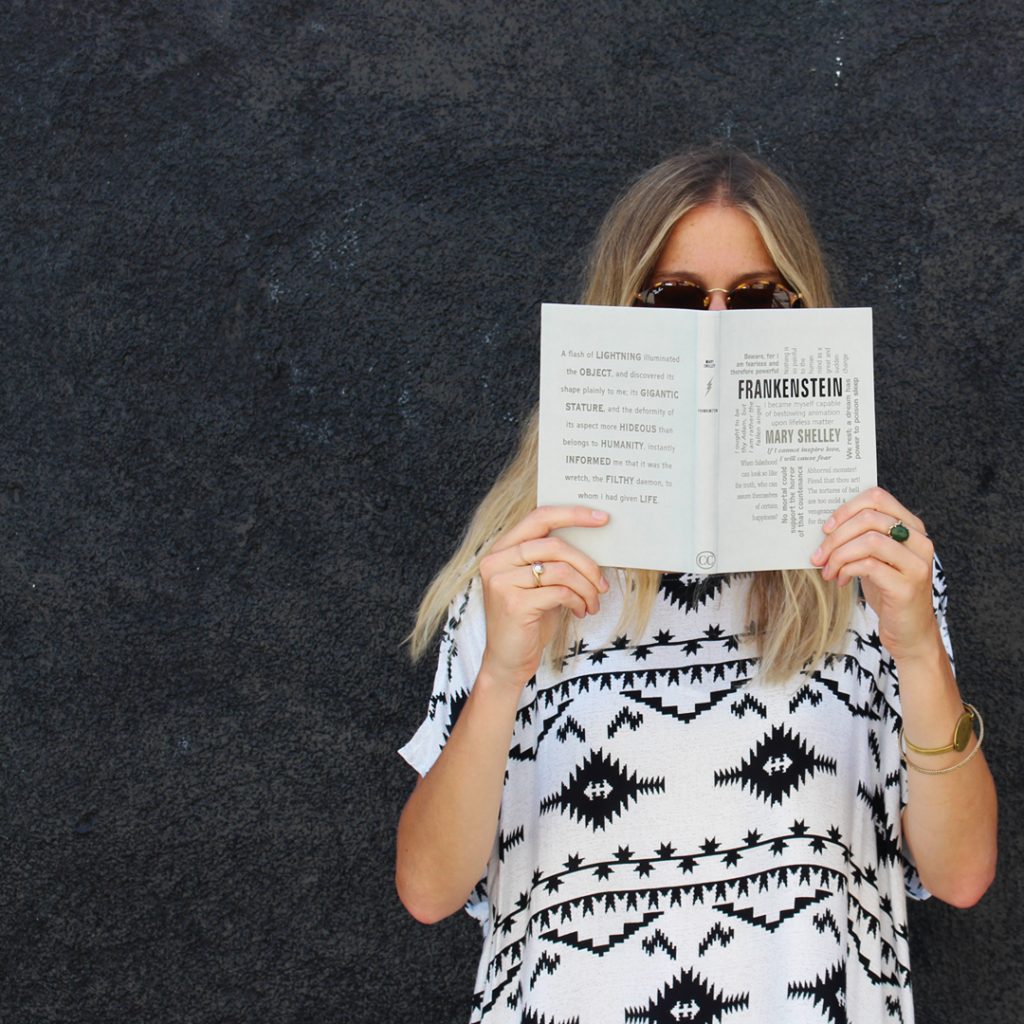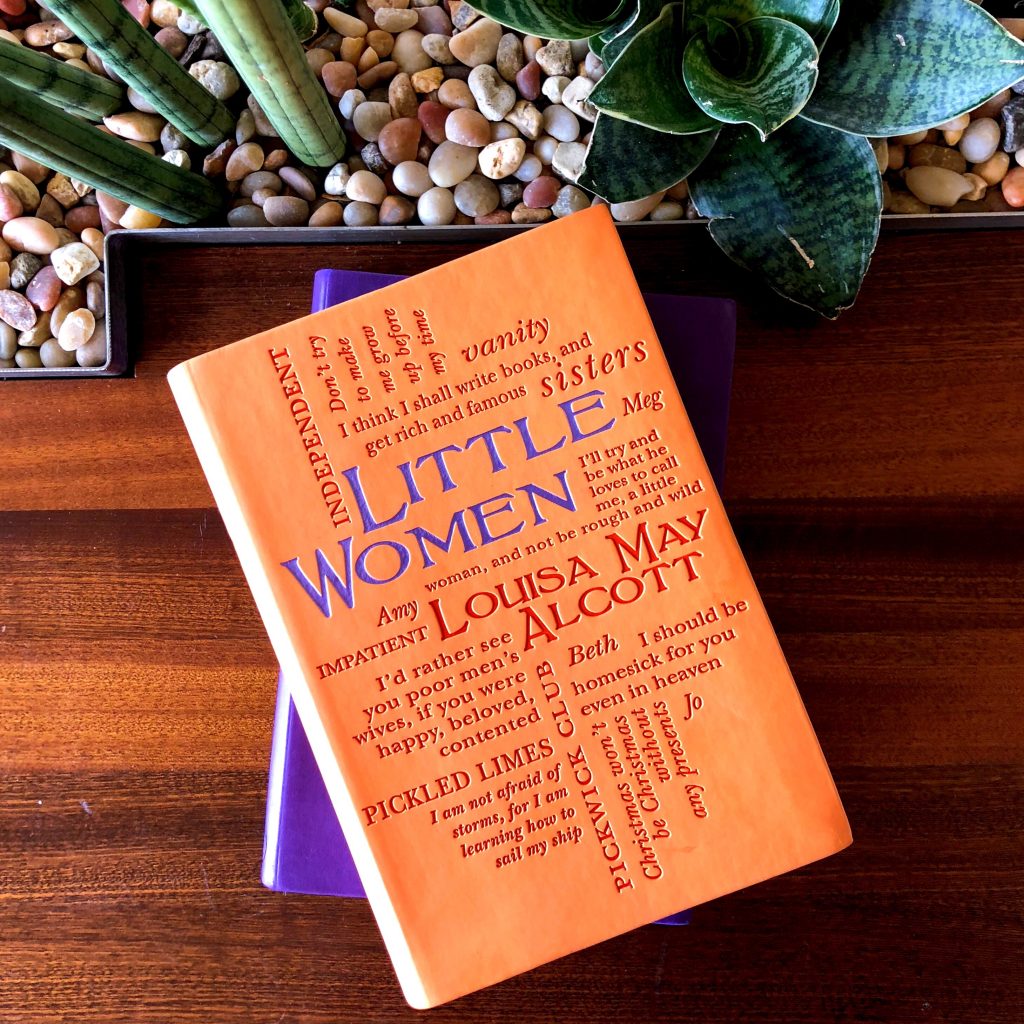By Brian Boone
March 8 is International Women’s Day. Around here, we’re surrounded by remarkable women and their literary works every single day. Here’s some little-known trivia concerning history’s greatest authors who happen to be women.
Anna Sewell
At age 14, Anna Sewell suffered ankle injuries so severe that she had difficulty walking unassisted, requiring the use of a crutch or horse-drawn carriages. Her interactions inspired Black Beauty, and she started to write the book in 1871 after she became so ill that she was mostly unable to leave her bed. Black Beauty was written on a series of strips of paper assembled by her mother, who also took dictation of some passages. Sewell died five months after Black Beauty was published to immediate success.
L.M. Montgomery
Preeminent Canadian author Lucy Maud Montgomery’s most enduring and frequently adapted work is Anne of Green Gables, first published in 1908. It’s the story of a young orphan who changes the lives of the prickly residents of a small town on Prince Edward Island. The book might as well be an autobiography for how much Montgomery pulled from her own life. Her mother died during her infancy and she was sent to live on a farm in Cavendish, PEI. Her surrogate parents were cold and distant, just like Matthew and Marilla Cuthbert. Anne insisted her name was spelled with an “e” at the end; Montgomery preferred to be called Maud, and reminded people to not use an “e.” Many locations in Green Gables are barely fictionalized versions of real places around Cavendish, renamed Avonlea for the book.
Mary Shelley
The Frankenstein author is arguably modern literature’s first “nepo baby” — both of her parents were important authors. Mary Shelley’s father was political scientist William Godwin, and her mother, early feminist theorist Mary Wollstonecraft. Shelley was a successful travel writer (one of the most popular genres in the 19th century, before the advent of photography), until she became a private editor for her husband, Romantic era poet Percy Bysshe Shelley. In 1818, challenged by her husband’s friends to write a ghost story, Shelley wrote the first draft of Frankenstein, which literary historians cite as the first major horror novel and science fiction work.
Louisa May Alcott
In the mid-19th century, Louisa May Alcott earned a very comfortable living with her writing. Using the purposely gender-neutral pseudonym A.M. Barnard, she wrote many top-selling “blood and thunder” books — garish, bawdy, and wanton pulp novels. One publisher, Thomas Niles, commissioned her to write a book for girls. She didn’t want to do it, as she had little interest in that genre, but couldn’t say no, and based the main characters in Little Women of Meg, Beth. Amy, and Jo March on her sisters Anna, Lizzie, and May, and herself, respectively. Alcott churned out the for-the-money gig in less than three months.












